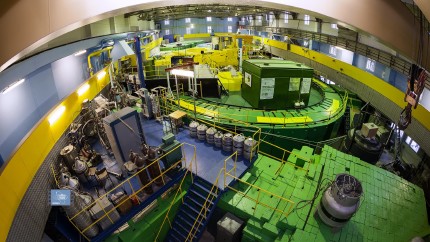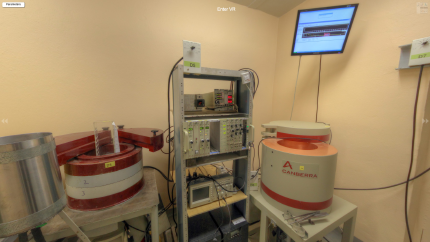Moss Analysis
The spatial distribution of airborne origin pollutants in ecosystems can be also done using passive moss biomonitoring (collecting naturally growing moss). This cheap complementary monitoring technique is well-recognized in studies of atmospheric deposition and transboundary pollution over the Europe. The monitoring is supposed to bring complementary information about pollution distribution in the region that would be detailed enough to embrace the local specifics in pollution sources. Within specific air quality measurements VSB realizes works on such monitoring (supposed outcome will be Report from Moss Analysis). VSB collected moss samples in the TRITIA region and analysed them using the neutron activation analysis (NAA) in cooperation with Joint Institute of Nuclear Research (JINR) in Dubna, Russia. NAA is a sensitive analytical technique performing qualitative and quantitative multi-element analysis of major, minor and trace elements in samples of almost every conceivable field of scientific interests. In total 35 elements in each sample were determined.

Installation of Reactor in JINR in Dubna, Russia
Now, to meet the respective goals of performed monitoring, the results of NAA will be further processed. It will allow to define source contributions by characterizing deposition samples, using chemical elements occurring in moss samples as tracers for the presence of material from particular kind of sources. Then determine spatial distribution of trace elements in the TRITIA region. And finally verify the computed pollution model. All the further analyses and conclusion will be described and discussed in the final report.

Report from Moss Analysis
VSB experts in cooperation with Russian experts at the Joint Institute of Nuclear Research in Dubna analysed collected moss samples including moss samples preparation, radiation using the neutron activation in the IBR2 reactor, gamma spectra measurements, gamma spectra processing and calculation of elemental concentration in the samples.

Moss sample - preparation
